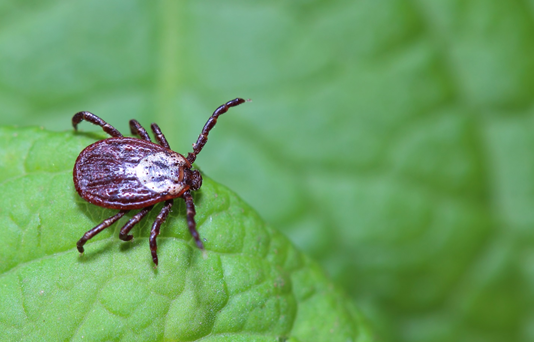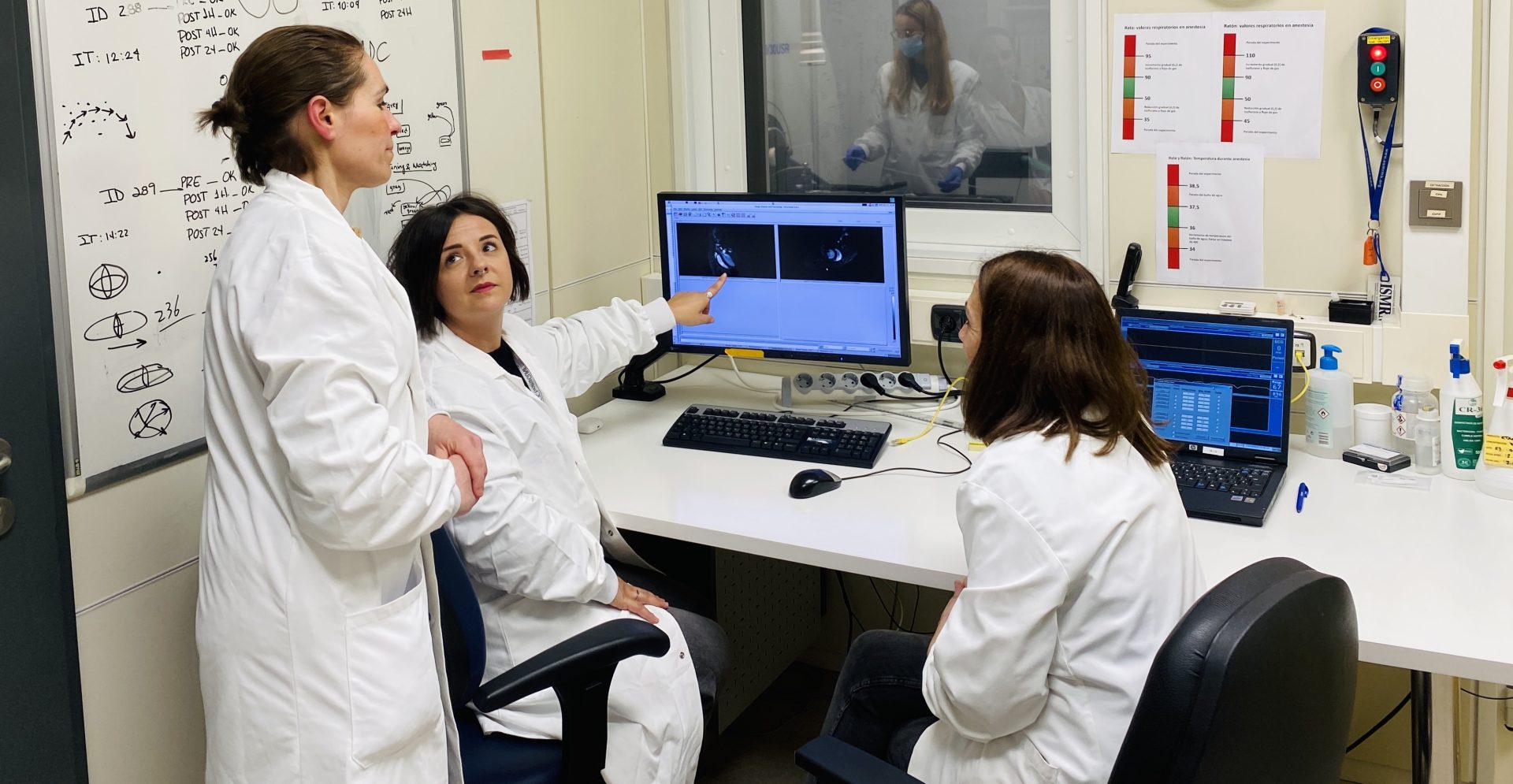NEIKER studies the distribution of ticks and the risks of tick bites in the Basque Country

This knowledge is key to improving public health and adapting to climate change.
Some species of these parasites can carry pathogens, such as the one that causes Lyme disease, which can lead to joint, heart or neurological problems.
Ticks can carry infectious agents that pose a significant risk to human and animal health. As their population increases, so does the danger of spreading diseases such as Lyme disease, caused by the bacterium Borrelia burgdorferi. The length of time the tick remains attached to the skin is a determining factor. It takes between 36 and 48 hours for the infected parasite to transmit the disease to a person.
This pathology is more common in central and northern European countries, as in the Basque Country only a small percentage of ticks carry this bacterium which can cause serious health problems, affecting the central and peripheral nervous system, the joints and even the heart.
In the Basque Country, the most common tick species is Ixodes ricinus. This ectoparasite, which is abundant in forests and mountains, affects a wide variety of domestic and wild animals, including mammals, birds, reptiles, as well as humans.
‘It is the species in the Basque Country that most frequently bites people and can be found in vegetation almost all year round, although its presence is more abundant in spring and summer’, explains Aitor Cevidanes, researcher at NEIKER’s Animal Health Department.
19 species in the Basque Country
Around 19 species of ticks have been identified in the Basque Country and, although there is a suspicion that the population of these parasites has increased in recent decades, there is no scientific evidence to support this belief.
With the aim of clarifying this issue, the NEIKER technology centre, part of the Basque Government’s Department of Food, Rural Development, Agriculture and Fisheries, is participating in the European PyrTick project. This initiative, co-financed by the European Union through the Interreg VI-A Spain-France-Andorra Programme (POCTEFA 2021-2027), focuses on analysing the distribution of ticks and the risks they pose to public and animal health in the Pyrenees region in a collaborative manner.
Led by the University of Zaragoza and with the collaboration of the NEIKER Animal Health Department, the INRAE (Institut National de Recherche pour l’Agriculture, l’Alimentation et l’Environnement) and the Laboratoires des Pyrénées et des Landes, PyrTick seeks to understand and predict the distribution and environment of ticks, as well as the diseases they transmit to humans and animals in the Pyrenean area.
The PyrTick project stands out for its innovative approach, which encompasses a series of interrelated actions. These include systematic tick surveys in various habitats and the use of climate probes to correlate environmental data with tick behaviour. In addition, the study investigates the role of wildlife in the life cycle of ticks and in the transmission of pathogens.
‘Our goal is to create a surveillance network that transcends political borders, allowing us to comprehensively address a health threat that knows no geographical boundaries,’ adds Cevidanes.
Specifically, NEIKER will carry out sampling at strategic points in the Basque Country, such as Urkiola, Gorbeia and the Aiako Harria Natural Park to collect data that will help determine whether there has been a real change in tick abundance in recent years.
‘We will compare current data with historical information from previous decades to identify trends and possible increases in the tick population, as well as in the prevalence of infectious agents that carry these parasites,’ says the researcher.
This project hopes to obtain up-to-date information on the abundance of ticks and pathogens in the mountain environment of the Basque Country and the western Pyrenees. This data will allow the development of detailed maps on the distribution of parasites and the risks they may present, including forecasts under different scenarios caused by the effects of climate change.
In addition, guides will be drawn up with recommendations for good practice and campaigns will be carried out to raise public awareness of the diseases that can be caused by their bites, as well as to encourage the adoption of appropriate measures to reduce the risk. The project, which started in March 2024, has already entered its fieldwork phase.




